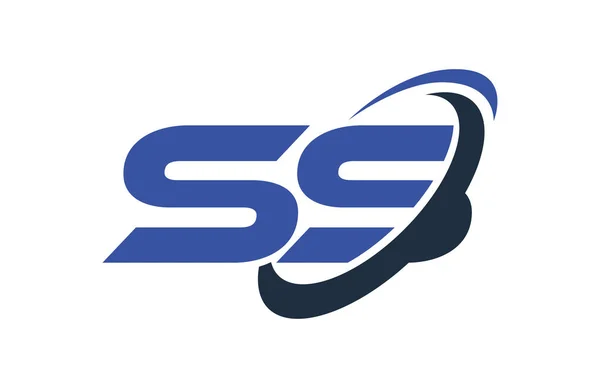In the realm of office equipment and document management, scanning technology has evolved to cater to a variety of needs, from simple document preservation to complex data extraction and integration. One feature that often comes up in discussions about scanner capabilities is duplex scanning. Duplex scanning refers to the ability of a scanner to automatically scan both sides of a document in a single pass. Conversely, when a scanner lacks this capability, it is termed as having “no duplex scanning.” Understanding the implications of this limitation can be crucial for businesses and individuals making decisions about their scanning needs.
What is Duplex Scanning?
Duplex scanning is a feature that allows a scanner to capture both the front and back sides of a document simultaneously. This process can significantly enhance productivity by reducing the time and effort required to scan double-sided documents. Scanners equipped with duplex capabilities typically have dual imaging sensors or use a single sensor with a document feeder that can flip the paper automatically. Duplex scanning is especially useful in environments where large volumes of double-sided documents need to be digitized quickly and efficiently.
The Drawbacks of No Duplex Scanning
When a scanner does not have duplex scanning capabilities, it means that it can only scan one side of a document at a time. This limitation has several implications:
- Increased Time and Effort: Scanning double-sided documents with a non-duplex scanner requires manually flipping the pages to scan the other side. This process can be time-consuming and labor-intensive, particularly when dealing with large volumes of documents. Each document must be scanned twice, which effectively doubles the time needed for scanning.
- Potential for Errors: The manual handling of documents during the scanning process introduces opportunities for errors. Misalignment or incorrect flipping of pages can result in incomplete or improperly scanned documents. This can be problematic for records that require precise duplication or legal documentation where accuracy is paramount.
- Decreased Productivity: For businesses or individuals who frequently deal with double-sided documents, the lack of duplex scanning can significantly impact productivity. The added time spent on scanning and re-scanning documents can slow down workflows and reduce overall efficiency. This can be particularly detrimental in high-volume environments where speed and accuracy are critical.
- Increased Physical Space and Paper Usage: Non-duplex scanners often lead to an increased physical footprint, as users may need to create additional copies or manage more printed materials to ensure that both sides of a document are captured. This can also result in higher paper usage and more clutter, negating some of the environmental benefits of digitization.
Applications and Use Cases
Despite the limitations, there are scenarios where scanners without duplex scanning might still be adequate:
- Low-Volume Scanning: For users who rarely need to scan double-sided documents, a scanner without duplex scanning might be sufficient. This could include occasional home office users or small businesses with minimal scanning needs.
- Budget Constraints: Duplex scanners are often more expensive due to their advanced technology and additional features. Organizations with tight budgets might opt for a non-duplex scanner to save on costs, especially if their scanning requirements do not frequently involve double-sided documents.
- Specialized Document Types: Certain specialized documents, such as receipts or small notes, may not require duplex scanning. In these cases, a simple single-sided scanner might be more practical and cost-effective.
Solutions and Workarounds
For those who require duplex scanning but are using a non-duplex scanner, there are some workarounds and solutions that can help:
- Manual Duplex Scanning: Users can manually scan the front side of a document, then flip it and scan the back side. Many scanning software applications allow users to combine these separate scans into a single document file.
- Upgrade Options: If duplex scanning becomes a necessity due to increased workload or evolving needs, upgrading to a scanner with duplex capabilities might be the best solution. Modern scanners with duplex capabilities are available at various price points, catering to different budgetary and performance needs.
- Outsourcing: For organizations that experience occasional high-volume scanning requirements, outsourcing scanning tasks to professional services might be an option. These services often have advanced equipment, including duplex scanners, which can handle large batches of documents efficiently.
Conclusion
The absence of duplex scanning in a scanner can have significant implications for efficiency and accuracy, particularly in environments that handle large volumes of double-sided documents. While scanners without duplex capabilities may be suitable for certain low-volume or specialized applications, the limitations can impact productivity and introduce additional manual effort. Understanding these limitations is crucial for making informed decisions about scanning equipment. For those who require the benefits of duplex scanning, considering upgrades or exploring alternative solutions can help meet the demands of modern document management and improve overall efficiency.

